Chamber Music
Through March 3 at the Yale Cabaret, 217 Park St., New Haven. (203) 432-1566, www.yalecabaret.org.
Directed by Katie McGerr. Set Designer: Chris Ash. Lighting Designer: Oliver Watson. Sound Designer: Matt Otto. Costume Designer: Carmen Martinez. Dramaturg: Elliot B. Quick. Fight Choreographer: Fisher Neal. Producers: Jenny Lagundino and Carmen Zilles. Stage Manager: Hannah Sullivan. Cast: Sophie von Haselberg (Woman Who Plays Records), Michelle McGregor (Woman With Notebook), Mariko Nakasone (Woman in Gossamer Dress), Monique Barbee (Woman in Aviatrix’s Outfit), Ceci Fernandez (Woman in Queenly Spanish Garb), Marissa Neitling (Woman in Armor), Ashton Heyl (Woman With Gavel), Fisher Neal (Man in White), Mitchell Winter (Man in White’s Assistant).
Funny that there’d be a small theater production of Waiting for Lefty (by New Haven Theatre Company, ending tonight at 118 Court Street) the same weekend as a staging of Arthur Kopit’s Chamber Music. Both shows have an old civil-rights appeal to them, an eternal relevance coupled with the presumption that things have gotten better and that maybe we shouldn’t need these plays anymore.
Chamber Music calls a meeting among a group of women outfitted as iconic historical characters of several centuries: Amelia Earhart, Queen Isabella of Spain, Joan of Arc, Gertrude Stein, silent-movie cliffhangress Pearl White, et cetera. Caryl Churchill pulled a similar trick 20 years later with Top Girls, which like Chamber Music is an allegory for how societies and governments discriminate against women. Chamber Music is the shallower of the two plays, with the more obvious message: women aren’t taken seriously. They’re left alone, and when they excel, they’re misunderstood. The celebrities on view here are shown to be inmates in a mental health clinic, scheming to break out. One of them, the Amelia Earhart (played with glaring grace by Monique Barbee, who portrayed the fallen film star in another ‘60s project at the Cabaret recently, Bergman’s Persona), insists she is not insane. The others are more complacent, as long as they get to interact with each other. The dialogue is full of justifications and quiet exasperations: “It is a difficult era, this one in which we live.”
The theme of Kopit’s one-act still works fine. The play is hampered, however, by plot devices which were still novel in the early ‘60s but come off as clichéd now, the most prominent being the crutch of tying up the plot with an outrageous act of violence (a la Zoo Story and countless other one-acts of the turbulent mid-20th century). At the Cabaret, director Katie McGerr sidesteps this obviousness beautifully by creating a moment of David Lynchian poetic madness: “Look at the snow.”
The feel for frantic fantasy here gives the play new life, but McGerr’s already nailed it by staging Chamber Music in the round, with the audience surrounding the central meeting table. There’s a sense of these exceptional women being on show, or in an observation hall, or a zoo.
Then there are the animated performances. Much of the humor lies in the juxtaposition of these famous women and their attitudes—Pearl White (Mariko Nakasone, exuding wide-eyed wonder) genuflecting to Queen Isabella, Gertrude Stein(Michelle McGregor, finding the gravity) stammering out the minutes of the last minutes repetitively to the others’ dismay, Constanze Mozart (muse of Amadeus, portrayed with touching shyness by Sophie von Haselberg) wanting to romanticize the meeting with music and light.
I’ve seen Chamber Music done as talky and withdrawn, and I’ve seen it done as sheer chaos with a profusion of comic props. There can be a middle ground, and McGerr and her cast find it. Marissa Neitling’s Woman in Armor (aka St. Joan) tramps around with a huge wooden crucifix, an inspired post-modern comedy gag of Kopit’s, but the other characters are distinguished mostly by elaborate costumes and a stately, settled nonchalance.
This show can get shouty very quickly in the wrong hands. Here, it has the clipped articulation of another large-cast female ensemble work, Clare Booth Luce’s The Women. There are stand-outs among the cast, but the piece is best appreciated for how well the company works together, and what a useful introduction it is to several of the fresher faces in the Yale School of Drama acting corps, whose first year ranks are just getting their first chances to be in Cabaret shows.
I’ve seen some very youthful casts take on Chamber Music—it was done a few years ago by New Haven’s Educational Center for the Arts magnet high school, for instance (with the esteemed Kopit actually visiting the school to lend his insights). Young actors invariably conjure a sense of dress-up and pretend. This cast, while collegiate, strives for a maturity and balance and wisdom befitting the play’s title—even if the playwright doesn’t permit them to find harmony.

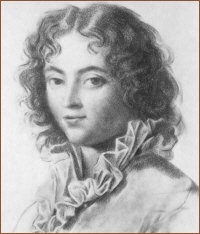

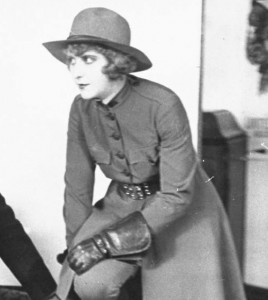
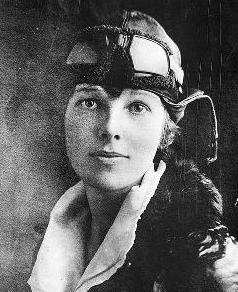

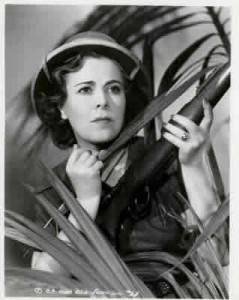
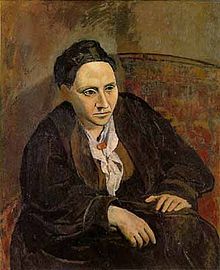
good stuff. I will make sure to bookmark your blog.